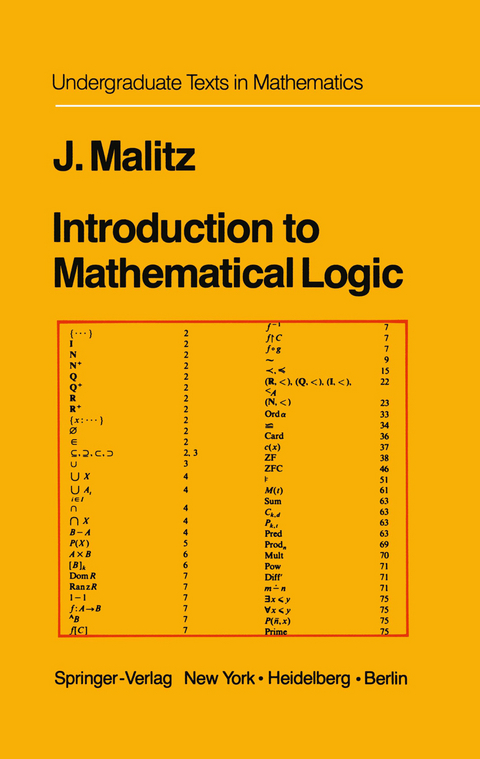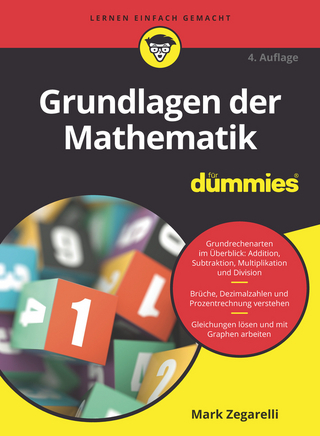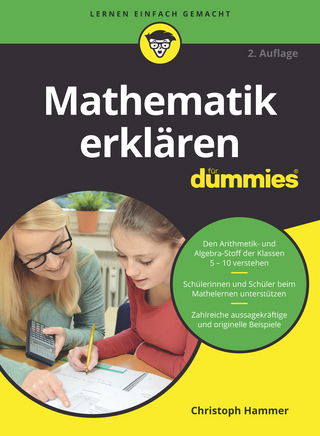
Introduction to Mathematical Logic
Springer-Verlag New York Inc.
978-1-4613-9443-3 (ISBN)
This book is intended as an undergraduate senior level or beginning graduate level text for mathematical logic. There are virtually no prere quisites, although a familiarity with notions encountered in a beginning course in abstract algebra such as groups, rings, and fields will be useful in providing some motivation for the topics in Part III. An attempt has been made to develop the beginning of each part slowly and then to gradually quicken the pace and the complexity of the material. Each part ends with a brief introduction to selected topics of current interest. The text is divided into three parts: one dealing with set theory, another with computable function theory, and the last with model theory. Part III relies heavily on the notation, concepts and results discussed in Part I and to some extent on Part II. Parts I and II are independent of each other, and each provides enough material for a one semester course. The exercises cover a wide range of difficulty with an emphasis on more routine problems in the earlier sections of each part in order to familiarize the reader with the new notions and methods. The more difficult exercises are accompanied by hints. In some cases significant theorems are devel oped step by step with hints in the problems. Such theorems are not used later in the sequence.
I: An Introduction to Set Theory.- 1.1 Introduction.- 1.2 Sets.- 1.3 Relations and Functions.- 1.4 Pairings.- 1.5 The Power Set.- 1.6 The Cantor-Bernstein Theorem.- 1.7 Algebraic and Transcendental Numbers.- 1.8 Orderings.- 1.9 The Axiom of Choice.- 1.10 Transfinite Numbers.- 1.11 Paradise Lost, Paradox Found (Axioms for Set Theory).- 1.12 Declarations of Independence.- II: An Introduction to Computability Theory.- 2.1 Introduction.- 2.2 Turing Machines.- 2.3 Etemonstrating Computability without an Explicit Description of a Turing Machine.- 2.4 Machines for Composition, Recursion, and the “Least Operator”.- 2.5 Of Men and Machines.- 2.6 Non-computable Functions.- 2.7 Universal Machines.- 2.8 Machine Enumerabihty.- 2.9 An Alternate Definition of Computable Function.- 2.10 An Idealized Language.- 2.11 Definabihty in Arithmetic.- 2.12 The Decision Problem for Arithmetic.- 2.13 Axiomatizing Arithmetic.- 2.14 Some Directions in Current Research.- III: An Introduction to Model Theory.- 3.1 Introduction.- 3.2 The First Order Predicate Calculus.- 3.3 Structures.- 3.4 Satisfaction and Truth.- 3.5 Normal Forms.- 3.6 The Compactness Theorem.- 3.7 Proof of the Compactness Theorem.- 3.8 The Lowenheim-Skolem Theorem.- 3.9 The Prefix Problem.- 3.10 Interpolation and Definabihty.- 3.11 Herbrand’s Theorem.- 3.12 Axiomatizing the Validities of L.- 3.13 Some Recent Trends in Model Theory.
| Reihe/Serie | Undergraduate Texts in Mathematics |
|---|---|
| Zusatzinfo | XII, 198 p. |
| Verlagsort | New York, NY |
| Sprache | englisch |
| Maße | 156 x 244 mm |
| Themenwelt | Mathematik / Informatik ► Mathematik ► Allgemeines / Lexika |
| Mathematik / Informatik ► Mathematik ► Logik / Mengenlehre | |
| Schlagworte | Mathematische Logik |
| ISBN-10 | 1-4613-9443-0 / 1461394430 |
| ISBN-13 | 978-1-4613-9443-3 / 9781461394433 |
| Zustand | Neuware |
| Haben Sie eine Frage zum Produkt? |
aus dem Bereich


